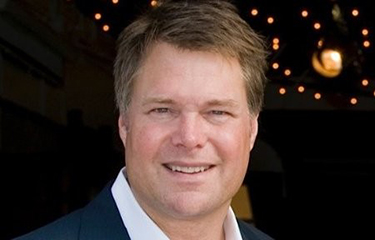A vigorous debate over bycatch and calls for marine habitat protections is underway in advance of the beginning of Alaska’s lucrative pollock fishery in March.
The pollock fishery hit a wholesale value of USD 1.329 billion (EUR 1.358 billion) in 2022; However, that coincided with a devastating collapse in the state’s crab stocks and deteriorating returns in chinook and chum salmon fisheries. All of those fisheries are interconnected.
In 2021, well over half a million chum and chinook salmon were taken as bycatch by pollock trawlers. And some of the pollock’s fishing grounds also overlaps as vital habitat for red king crab.
Climate change is widely acknowledged as a major cause for the declines, and stakeholders across Alaska’s failed – and successful – fisheries acknowledge that action needs to be taken to rehabilitate crab and salmon stocks and get fishermen back on the water. But there is little they can do to counter the effects of a changing climate and curb global greenhouse gas emissions.
NOAA scientists have been looking into poor chinook and chum salmon runs in recent years, and research is indicating that poor diet, changes in metabolism, and an increase in parasitic infection is causing decline in chinook. Scientists have found that environmental conditions and the availability of prey where chum salmon feed in the ocean in their later years has played a role in their struggle to survive. Those factors, combined with warming oceans, have been disastrous for salmon, according to NOAA.
As a result of the salmon population crashes, a number of fisheries disasters have been declared, securing hundreds of millions of dollars in assistance for fishermen in Alaska the native communities dependent on the struggling salmon fisheries for subsistence.
But besides climate change, some observers are also pointing to another potential factor for the salmon declines: bycatch of chum and chinook salmon by pollock trawlers.
In 2021, over half a million chum, along with nearly 14,000 chinook, were caught by pollock trawlers, putting that fishery – and the North Pacific Fisheries Management Council, which oversees both fisheries – in the crosshairs of salmon conservation groups.
“While the council’s failure to rein in the pollock trawl fleet’s prolific bycatch and unpermitted dragging of the seafloor is frustrating, it is not surprising,” said Tim Bristol, the executive director of SalmonState, a group that advocates for Alaska’s wild salmon.
A December 2022 report prepared by the Kuskokwim River Inter-Tribal Fish Commission labeled the pollock fishery – and a South Alaska Peninsula commercial salmon fishery focused on sockeye – as “documented contributors to the severe chum salmon crash impacting communities throughout the Coastal Western Alaska region.”
Salmon industry and conservation groups have called for a hard cap on salmon bycatch, but United Catcher Boats Executive Director Brent Paine said such a measure would have little effect on restoring chinook and chum stocks. One of the main reasons he cites: many of the salmon caught by the pollock fleet originate from foreign hatcheries.
“For us, a hard cap is just a knee-jerk reaction,” he said. “Council has good genetic information. They have been collecting DNA samples. We know what the stream of origin is.”
According to the NOAA’s own genetic analysis, just over 51,000 of the 545,883 chum salmon caught as bycatch in 2021 originated from rivers in western Alaska, including the Yukon and Kuskokwim. That’s a mere 9.4 percent of the total chum bycatch.
Yet in the face of historically low salmon runs, Paine said that more needs to be done to address the issue of salmon bycatch in Alaska’s trawl fisheries.
“The Eastern pollock fishery is one of the biggest in the world. It employs a lot of people and feeds a lot of people. The council will have to do a balancing act,” Paine said.
NPFMC is expected to meet twice in the first six months of 2023 to discuss a November 2022 report produced by the Alaska Bycatch Review Task Force, which was created at the request of Alaska Governor Mike Dunleavy. But with the wide gulf between both sides in the lead-up to that meeting and little faith in the process, expectations for a grand bargain are low. There appears to be little common ground on what measures would adequately address Alaska’s failing salmon fisheries, according to Paine.
“Nobody is talking to each other,” Paine said. “Everyone is lawyered up.”
Photo courtesy of Brent Paine/LinkedIn







